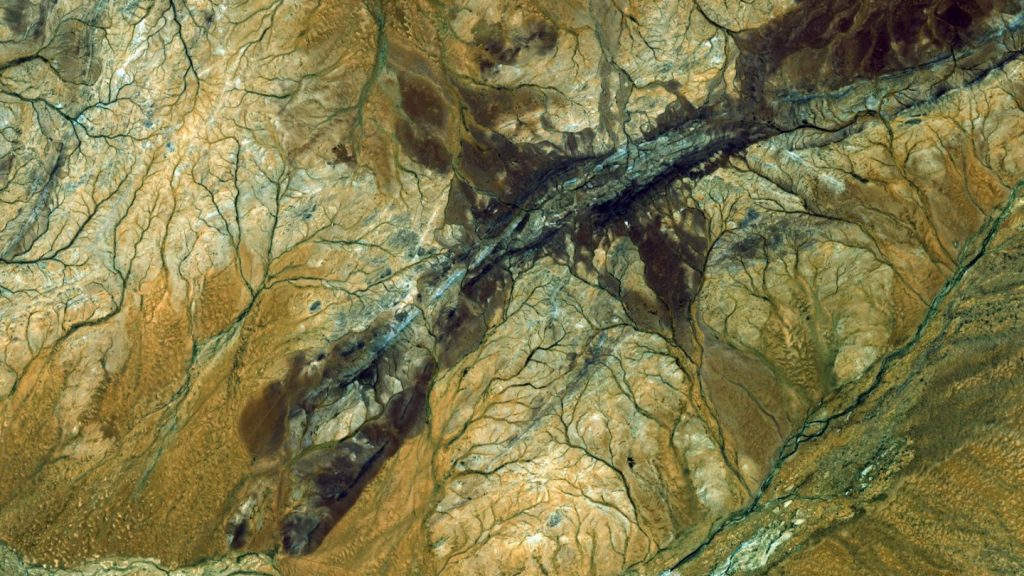Researchers have discovered evidence that Earth may have had freshwater as early as 600 million years after the planet formed, based on the analysis of oxygen molecules within 4-billion-year-old zircon crystals from Western Australia’s Jack Hills. The finding indicates that freshwater may have been actively cycling on Earth much earlier than previously thought, implying the existence of a robust water cycle involving rain and evaporation by at least 3.2 billion years ago.
The presence of freshwater on Earth hundreds of millions of years earlier than previously believed suggests that the planet had the necessary conditions for life to potentially form. While this finding doesn’t definitively prove the existence of life during that time period, it does indicate that Earth had the essential ingredients required for life to develop. The oldest known evidence of life on Earth comes from fossilized microbial mats dating back to 3.5 billion years ago.
Processes such as evaporation and rain alter the chemical composition of water molecules, resulting in different isotopic ratios. When rainwater percolates through the ground, it interacts with rocks or magma within the rocks, leaving behind clues in the form of oxygen isotopic values. Analysis of over 1,300 zircons revealed that some zircons from 3.4 billion years ago and 4 billion years ago exhibited isotopic ratios indicating a higher proportion of lighter oxygen associated with freshwater presence.
Computer simulations conducted by the research team determined that the observed ratios were most likely explained by the presence of freshwater rather than salty ocean water. The findings suggest that Earth had a water cycle and that there was enough land above sea level to support this cycle by 3.4 billion years ago. While the evidence for freshwater cycling at this time is solid, there is still debate among experts regarding whether this was also the case 4 billion years ago due to the lack of sufficient data points.
Studying ancient crystals like the zircons from the Jack Hills is crucial for understanding Earth’s early history as they provide valuable insights into the planet’s geological past. Despite the challenges of studying the early Earth, scientists continue to push the boundaries of knowledge by examining these ancient remnants. Further research and analysis of similar materials will be essential in gaining a deeper understanding of Earth’s early evolution and the conditions that may have existed billions of years ago.
In conclusion, the discovery of freshwater indications in 4-billion-year-old zircon crystals from the Jack Hills in Western Australia sheds light on Earth’s early history and the potential presence of a water cycle dating back billions of years. This finding has significant implications for understanding the conditions that may have existed on Earth during its formative years and provides new insights into the planet’s geological evolution. Further research and analysis of ancient materials will be critical in advancing our knowledge of Earth’s early environment and potential life-sustaining conditions.


